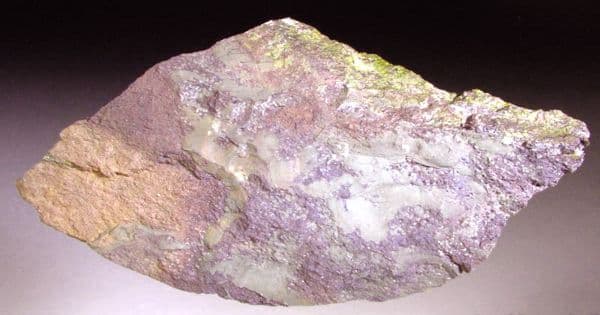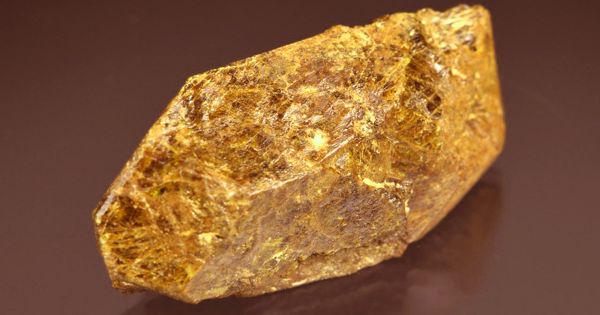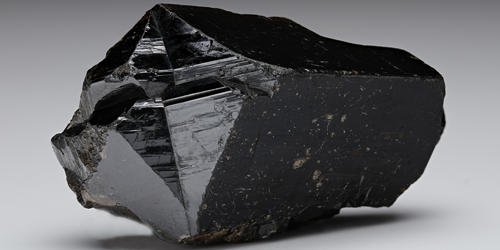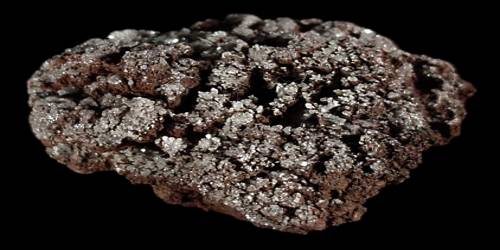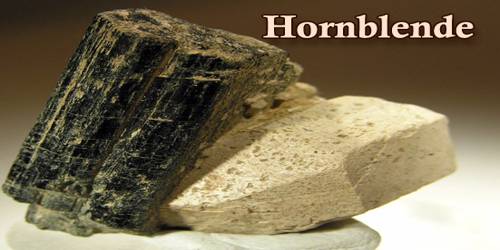Minnesotaite is an iron silicate mineral with formula: (Fe2+, Mg)3Si4O10(OH)2. It is a silicate of iron and magnesium, crystallizing in the triclinic system and occurring as dull or waxy greenish-grey plates or needles. It is a hydrous silicate of iron, probably isomorphous with talc. It is an iron magnesium silicate of the talc group.
Minnesotaite was first described in 1944 for occurrences in the banded iron formations of northern Minnesota for which it was named.
General Information
- Category: Silicate mineral
- Formula: (repeating unit) (Fe2+, Mg)3Si4O10(OH)2
- Crystal system: Triclinic
- Crystal class: Pinacoidal (1) (same H-M symbol)
- Color: Greenish gray to olive-green.
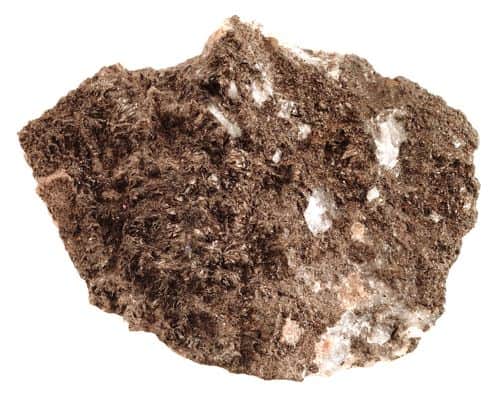
Properties
It crystallizes in the triclinic crystal system and occurs as fine needles and platelets with other silicates. It is isostructural with the pyrophyllite-talc mineral group. Its structure and properties have been investigated and compared with its two associated silicates, stilpnomelane, and greenalite.
- Crystal habit: Occurs as microscopic needles or platelets, the needles occur in radiating clusters or in sheaves; also fibrous
- Twinning: Inferred based on X-ray patterns
- Cleavage: Perfect on {001}, micaceous
- Fracture: Uneven and irregular
- Tenacity: Brittle
- Mohs scale hardness: 1.5 – 2
- Luster: Greasy to waxy, dull
- Diaphaneity: Translucent
- Specific gravity: 3.01
- Optical properties: Biaxial (-)
Occurrence: In banded iron formations subjected to low-grade regional metamorphism.
Co-type localities are in the Cuyuna North Range, Crow Wing County, and the Mesabi Range in St. Louis County.
It occurs associated with quartz, siderite, stilpnomelane, greenalite, and magnetite. In addition to the low grade metamorphic banded iron formations, it has also been reported as an alteration mineral associated with sulfide-bearing veins.
